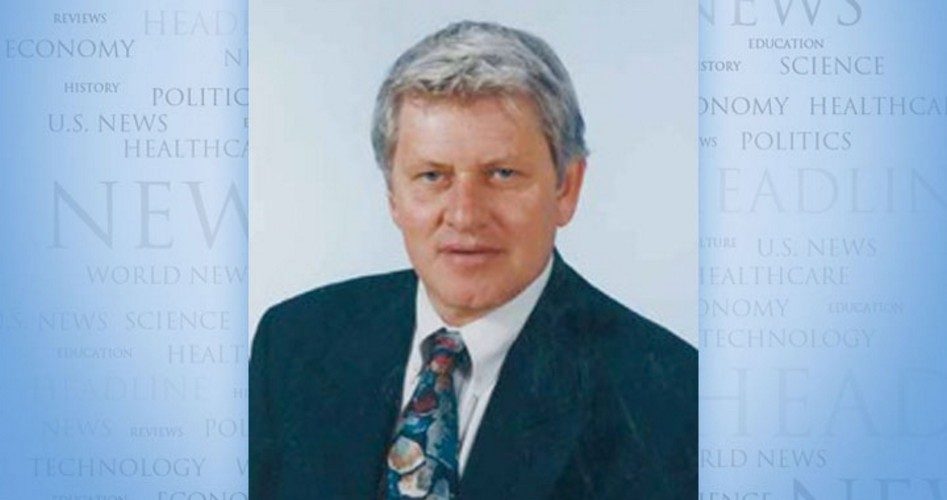
Petula Dvorak, a Washington Post columnist, writes that she went to Baltimore to get a firsthand look at how the poorest of the poor live. In short order, she got robbed and knocked around.
Dvorak’s column begins with her tapping notes into her phone as “waves and waves of angry teens headed past” her and a “teen with a tattooed neck standing in the middle of a West Baltimore street” yelling at her.
“Get out of our way, sister,” he shouted.
“In a flash, one of them bumped into me and grabbed the phone out of my hand,” writes Dvorak. “I chased him, screaming, and other protesters knocked into me, tripped me and shoved me to the ground. They circled around me, some with bricks or rocks or bottles in their hands.”
To “understand the violence engulfing this city, you have to start here, on the street where Freddie Gray was taken into police custody,” reports Dvorak. “It is a blighted, joyless place of boarded-up buildings: Abandoned. Abandoned. Abandoned. Occupied. Abandoned. Occupied (I think). The sidewalks of Sandtown-Winchester are strewn with trash.”
Devorak talked with Sarah Chestnut, 71. “I’ve been here since 1971, says Chestnut, “and I don’t think all of this is going to make any difference.”
Ms. Chesnut “stopped to chat with her neighbors, who have a makeshift convenience store set up on their stoop, selling bags of chips and single diapers for 50 cents apiece from a folding table.” The local CVS pharmacy, now a looted and charred ruin, was selling I Love to Cuddle diapers for 19 cents each, 38 percent of the price of diapers on the stoop.
Her neighbors are selling chips and diapers on a folding table, said Chesnut, because nearby “all we have are liquor stores and funeral homes.” That’s basic economics — demand creates its own supply.
To be more comprehensive about her neighborhood’s limited economy, Ms. Chestnut should have said that all they have nearby are liquor stores, funeral homes, trashy looking pawn shops and bail bond storefronts, plus guys selling guns out of their trunks and an oversupply of street dealers pushing crack, pain pills, meth, PCP, Oxyies, Xanies, pot, cocaine and heroin.
Writes Jeff Deeney, a Philadelphia social workers who is in recovery and writes a biweekly column in The Fix — Addiction and Recovery, Straight Up: “Not a lot of people smoke PCP, but those who do catch more serious charges when they get arrested than other drug abusers (fighting with cops is a popular dusthead pastime) and cost society a lot of money in hospital fees when they jump from windows without medical insurance thinking they can fly.”
Chesnut explains to Dvorak: “I brought my nephew from Detroit here. I thought it would be better. He was shot eight times in the back.”
Dvorak reports that Freddie Gray’s death in Baltimore “represents yet another terrible incident of alleged police misconduct during the arrest of a black man for a petty (or nonexistent, as may be the case here) reason.”
Well, not exactly. “Petty” or “nonexistent” might not be an accurate way to describe Freddie Gray’s multiple encounters with the cops.
“Court records show Gray was arrested more than a dozen times, going back to when he was 18, mostly on charges of selling or possessing heroin or marijuana,” writes Washington Post reporter Peter Hermann. “He had a handful of convictions, and his longest stint behind bars was about two years. He had two pending drug cases when he died.”
Black lives matter. To drug dealers?
Ralph R. Reiland is an associate professor of economics and the B. Kenneth Simon professor of free enterprise at Robert Morris University in Pittsburgh.

